Why Does King Charles III Celebrate Two Birthdays? A Royal Explanation
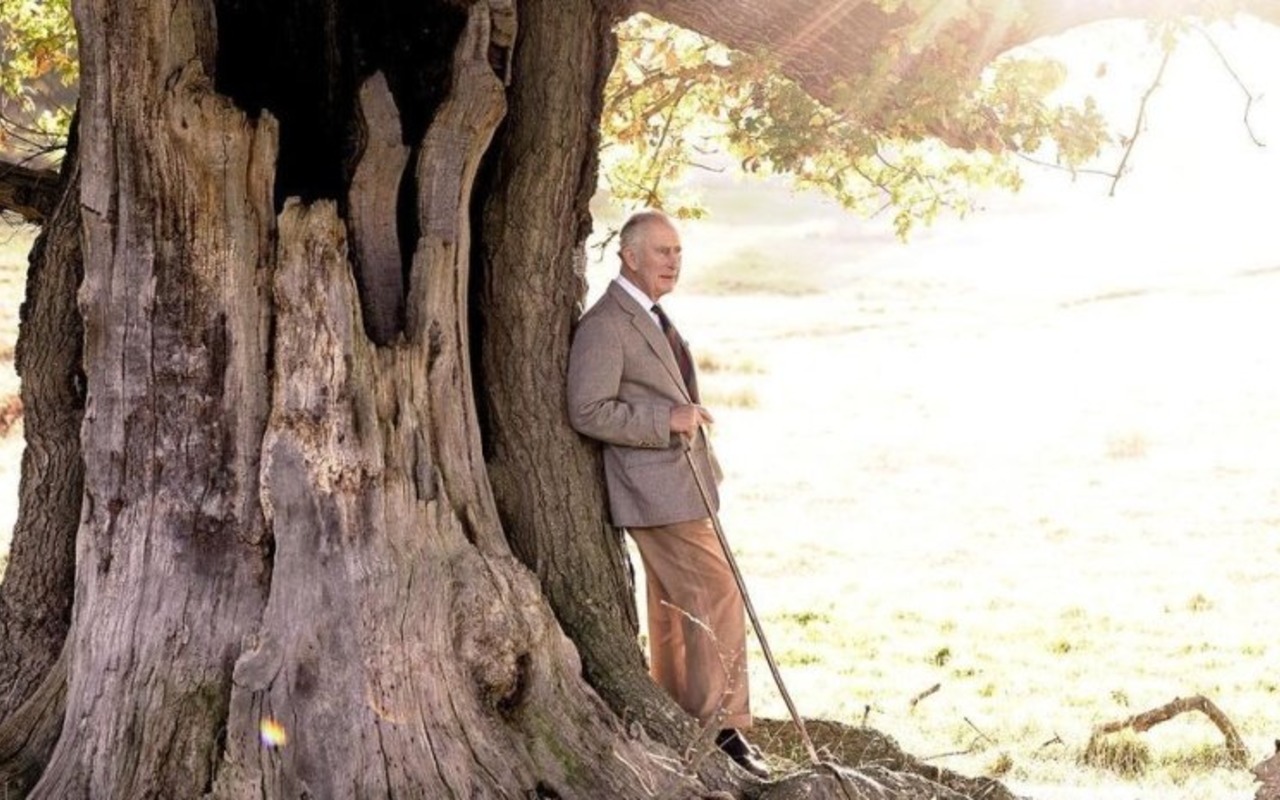
Table of Contents
The Historical Origins of the Royal Double Birthday
The tradition of royal double birthdays began with King George II, who was born in November. His actual birthdate, however, presented a logistical challenge. November in Britain is often characterized by inclement weather, making a large-scale public celebration impractical. To ensure better weather conditions for the grand annual military parade, Trooping the Colour, King George II cleverly instituted a second, official birthday celebration during the summer months. This official birthday became a public spectacle, separate from the more private family commemoration of his actual birthdate.
- King George II's birthdate: November 10th.
- Unfavorable November weather: High winds, rain, and cold temperatures made a large-scale outdoor parade nearly impossible.
- Shifting the celebration: Moving the celebration to summer guaranteed better weather and significantly increased public participation.
This ingenious solution not only solved a practical problem but also established a tradition that has continued through the reigns of subsequent monarchs, including King Charles III.
Trooping the Colour: The Heart of the Summer Birthday Celebration
Trooping the Colour is the cornerstone of the King's summer birthday celebrations. This spectacular military parade, steeped in centuries of tradition, showcases the grandeur and precision of the British Army. It’s a vibrant display of military prowess, pageantry, and national pride, serving as the central event of the official birthday celebrations.
- A magnificent military parade: Thousands of soldiers from the British Army participate, displaying their skills and discipline.
- The monarch takes the salute: King Charles III, in his role as Commander-in-Chief of the British Armed Forces, takes the salute from the assembled troops.
- Royal family appearance: The royal family appears on the Buckingham Palace balcony, offering a spectacular wave to the cheering crowds below.
- A breathtaking flypast: The Royal Air Force performs an impressive flypast, showcasing their aerial prowess and adding a dramatic conclusion to the parade.
The scale and spectacle of Trooping the Colour solidify its position as the highlight of King Charles III’s official birthday.
The King's Actual Birthdate vs. His Official Birthday
King Charles III's actual birthdate is November 14th, a day likely marked by a more intimate, private family celebration. His official birthday, however, is typically celebrated in June, coinciding with the Trooping the Colour. This distinction highlights the contrast between the private, personal commemoration and the grand public event.
- Private family celebration: A quiet gathering with close family and friends on November 14th.
- Large-scale public event: The official birthday celebration in June features Trooping the Colour and other public engagements.
- Weather considerations: The official date is chosen to maximize the chances of good weather for the outdoor Trooping the Colour parade.
The separation of these two events reflects the duality of the monarch's role – the private individual and the public figurehead.
The Evolution of the Tradition: From George II to King Charles III
The tradition of the royal double birthday has endured through centuries, passed down from King George II to King Charles III. While the specifics of the Trooping the Colour and other celebrations have evolved slightly over the years, the core concept remains consistent.
- Consistent tradition: Most monarchs since George II have maintained the tradition of a summer birthday celebration.
- Minor adjustments: Changes over time have included adjustments to the parade route, the participation of different regiments, and the overall scale of the festivities.
- Continued public relevance: The tradition maintains its relevance by providing a significant opportunity for public engagement and national celebration.
This enduring tradition serves as a powerful symbol of continuity and the enduring connection between the monarchy and the British public.
Conclusion: Understanding King Charles III's Two Birthdays
King Charles III celebrates two birthdays – one in November, marking his actual birthdate, and another in June, a grand public event centered around Trooping the Colour. This unique tradition originates with King George II, a practical solution to ensure favorable weather for the large-scale military parade. The summer birthday celebration, therefore, offers a vibrant blend of historical tradition and public engagement. Want to learn more about this fascinating royal tradition? Dive deeper into the history of King Charles III's two birthdays and perhaps even plan a trip to witness the Trooping the Colour ceremony in person!

Featured Posts
-
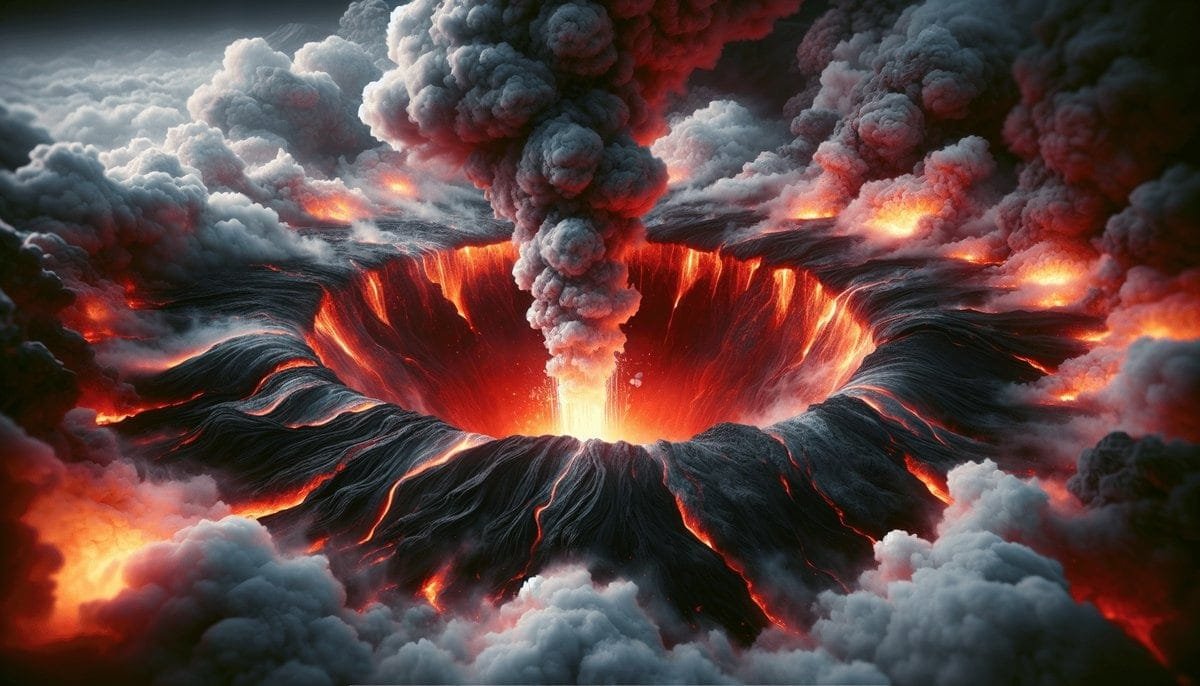 Exploring The Yellowstone Magma Reservoir Predicting Future Volcanic Events
May 27, 2025
Exploring The Yellowstone Magma Reservoir Predicting Future Volcanic Events
May 27, 2025 -
 Macrons China Trip Focus On Economic Ties And Resolution Of Cognac Issues
May 27, 2025
Macrons China Trip Focus On Economic Ties And Resolution Of Cognac Issues
May 27, 2025 -
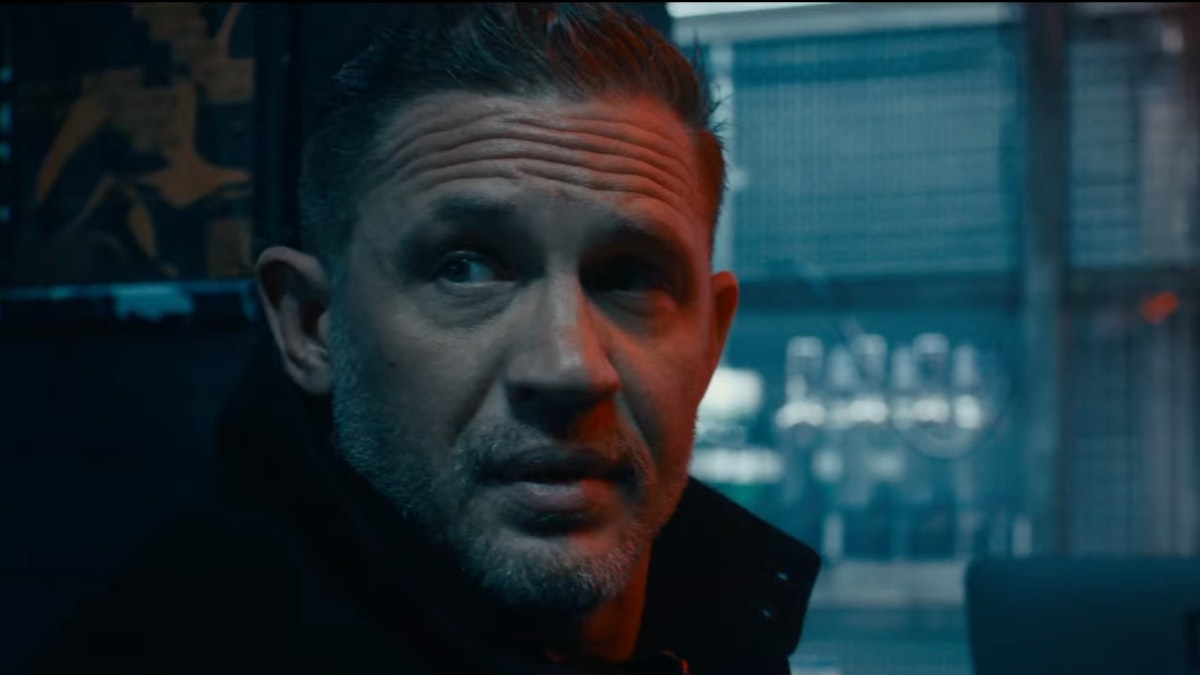 Watch Mobland Episode 9 Tom Hardy And Pierce Brosnan Free Online
May 27, 2025
Watch Mobland Episode 9 Tom Hardy And Pierce Brosnan Free Online
May 27, 2025 -
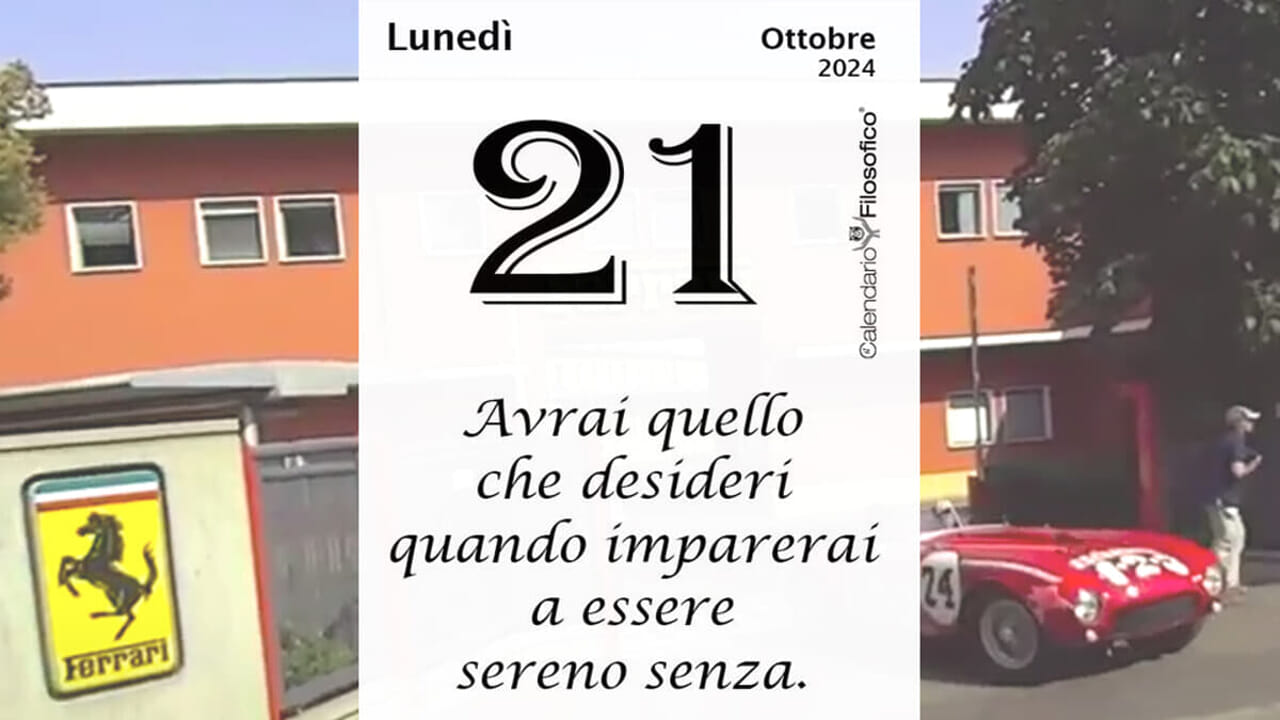 Il 10 Marzo Nella Storia Almanacco Compleanni E Proverbio Del Giorno
May 27, 2025
Il 10 Marzo Nella Storia Almanacco Compleanni E Proverbio Del Giorno
May 27, 2025 -
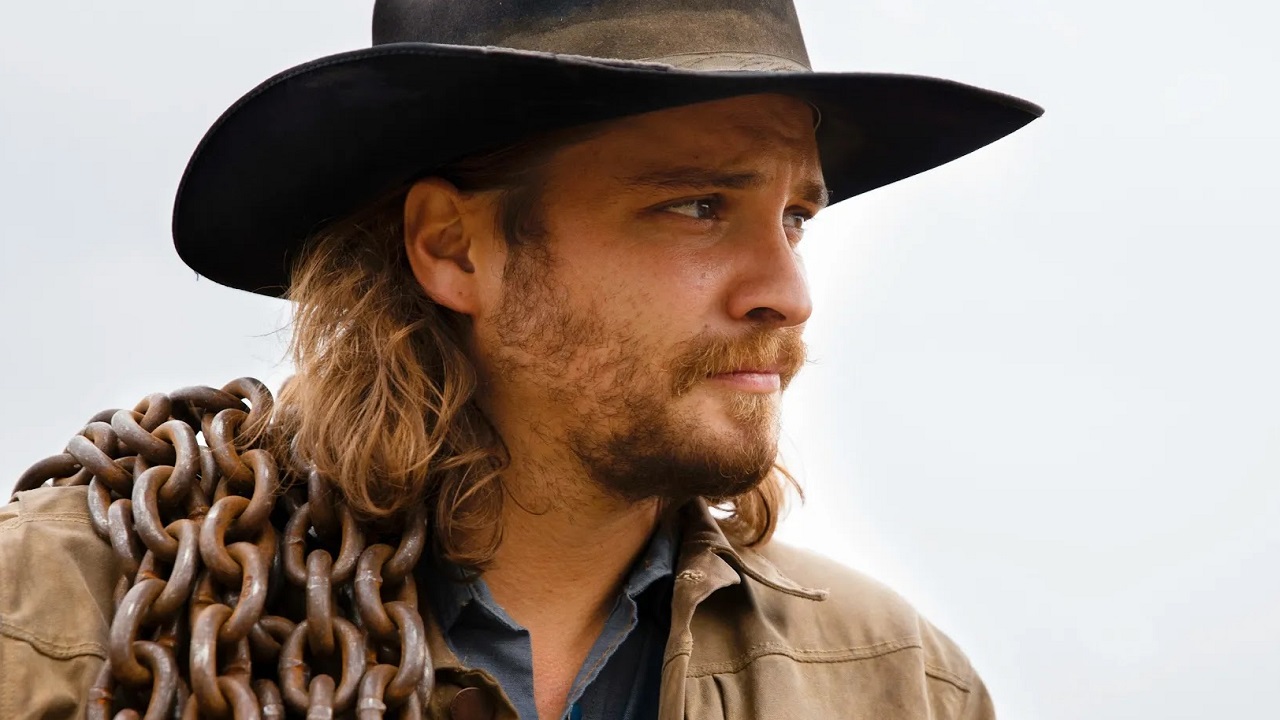 Kayce Dutton Spinoff Does The Yellowstone Season 5 Flashback Controversy Justify It
May 27, 2025
Kayce Dutton Spinoff Does The Yellowstone Season 5 Flashback Controversy Justify It
May 27, 2025
